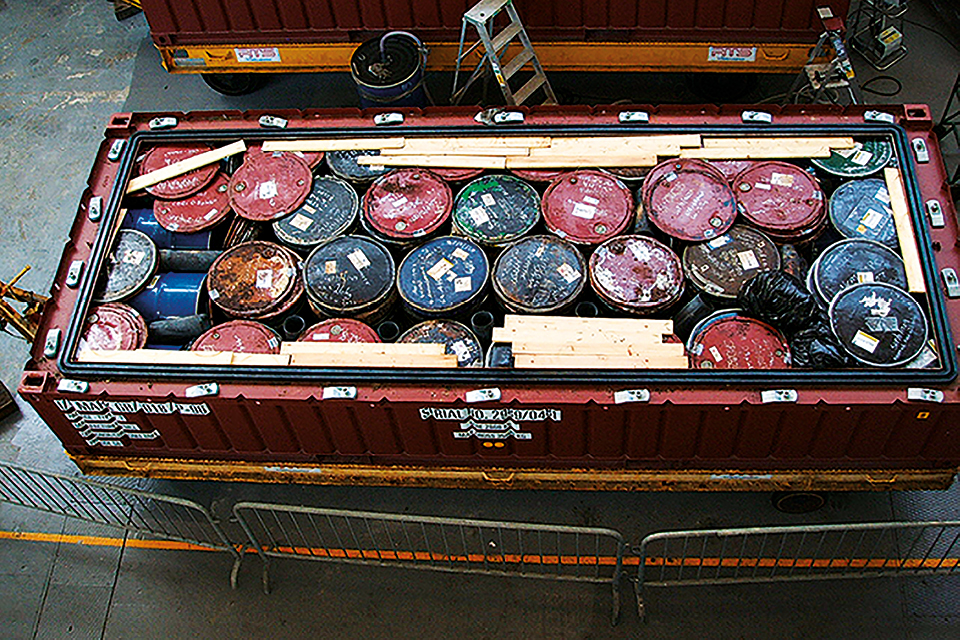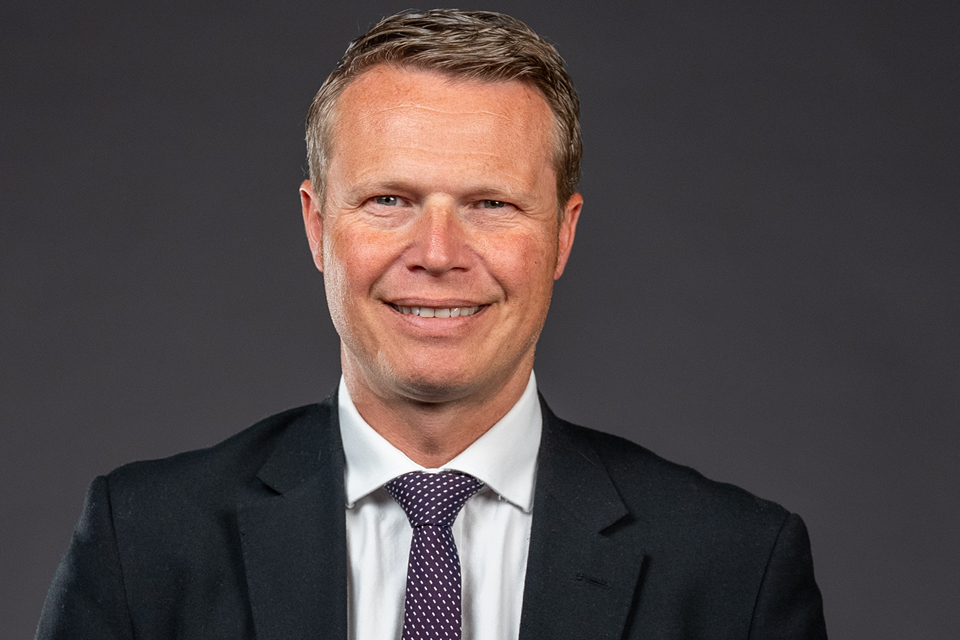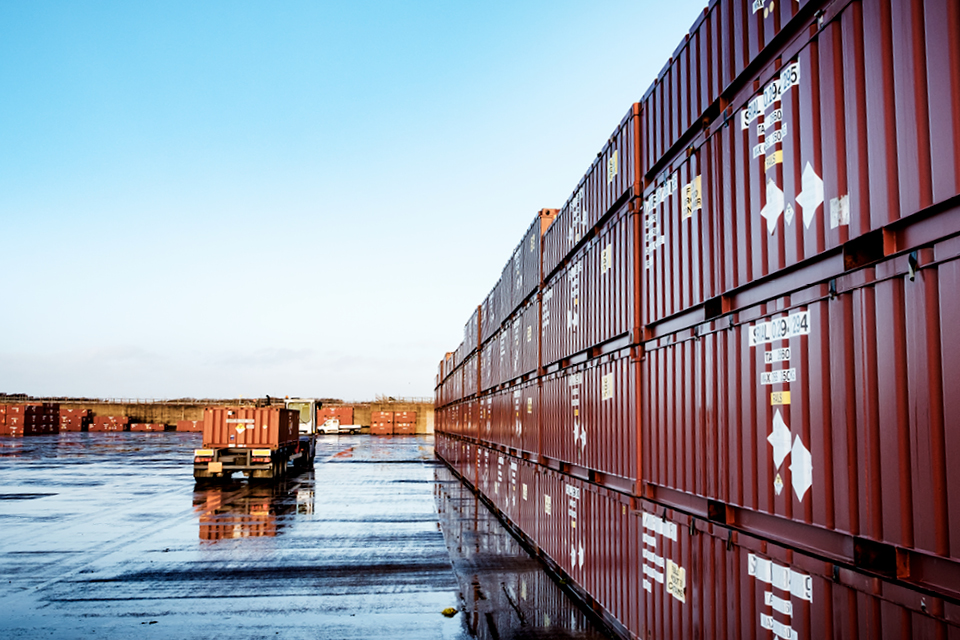Nuclear waste treatment and packaging
Treatment and packaging are two separate but important parts of the waste lifecycle. We’re looking to reduce waste volumes and ideally re-use and recycle, helping us to save money alongside the safe management of radioactive waste.
Waste hierarchy
Minimising the environmental impact of nuclear waste is crucial. Waste is therefore only disposed of if it cannot be used in alternative ways.
We use a ‘waste hierarchy’ in all of our waste management activities to better characterise materials and identify ways to avoid creating waste. Using this waste framework, we also identify new opportunities to re-use or recycle materials, and physically reduce the volume of the remaining waste.
The volumes of waste going to disposal facilities, such as at the Low Level Waste Repository site in Cumbria, have been driven down greatly over the years due to the effective application of the waste hierarchy.
By applying the waste hierarchy, we are protecting capacity at the Repository, accelerating decommissioning, and achieving efficiencies and value for the UK taxpayer.
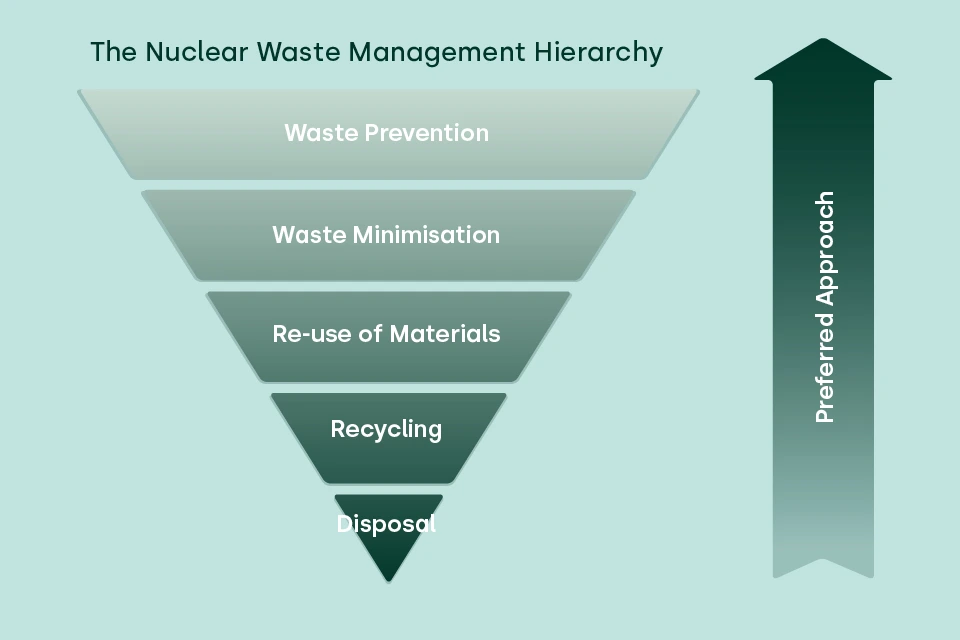
Nuclear waste treatment
Nuclear waste treatment minimises the volume of waste we send for disposal and maximises the waste we can re-use or recycle.
We provide a range of nuclear waste treatment options for optimised and efficient waste management routes.
Safely re-using and recycling waste is far more efficient and less costly than permanent disposal. We treat the waste to avoid disposing of it or to minimise the volume being disposed.

“We provide sustainable services that meet customer demand.”
Craig Ashton, Head of Waste Services
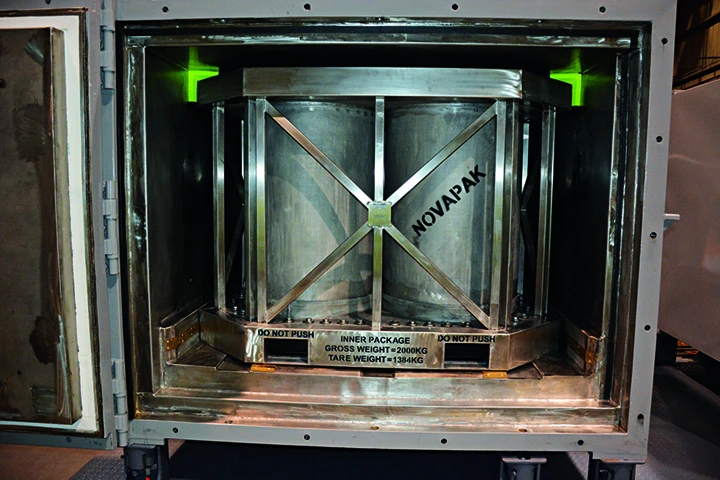
Nuclear waste packaging
As nuclear waste requires careful handling, we can’t treat waste without the right packages. We need to safely move and transport the waste for treatment or disposal, and we need the right nuclear waste packaging to do that.
There are different reasons why we need to transport waste, and the packages need to be fit for the purpose. Nuclear waste containers need to meet the full safety and processing requirements of the receiving facility, which can be complex and varied.
We are working to standardise the packaging for radioactive waste, establishing a standard catalogue of packages for all of the different waste types.
Creating a ‘one-stop shop’
1,000t
More than 1,000 tonnes of metal, around 3,000 metres cubed of combustible waste, and over 4,000 metres cubed of very low-level waste were all diverted for recycling from 2024 to 2025.
£52.2m
Overall, we’re diverting 98 per cent of waste from disposal at the Repository site in Cumbria. In 2024 to 2025, this work saved over £50m.
16,000t
Diverting waste helped avoid over 16,000 tonnes of CO2 from 2024 to 2025 – the equivalent of more than 3,000 hot air balloons.

